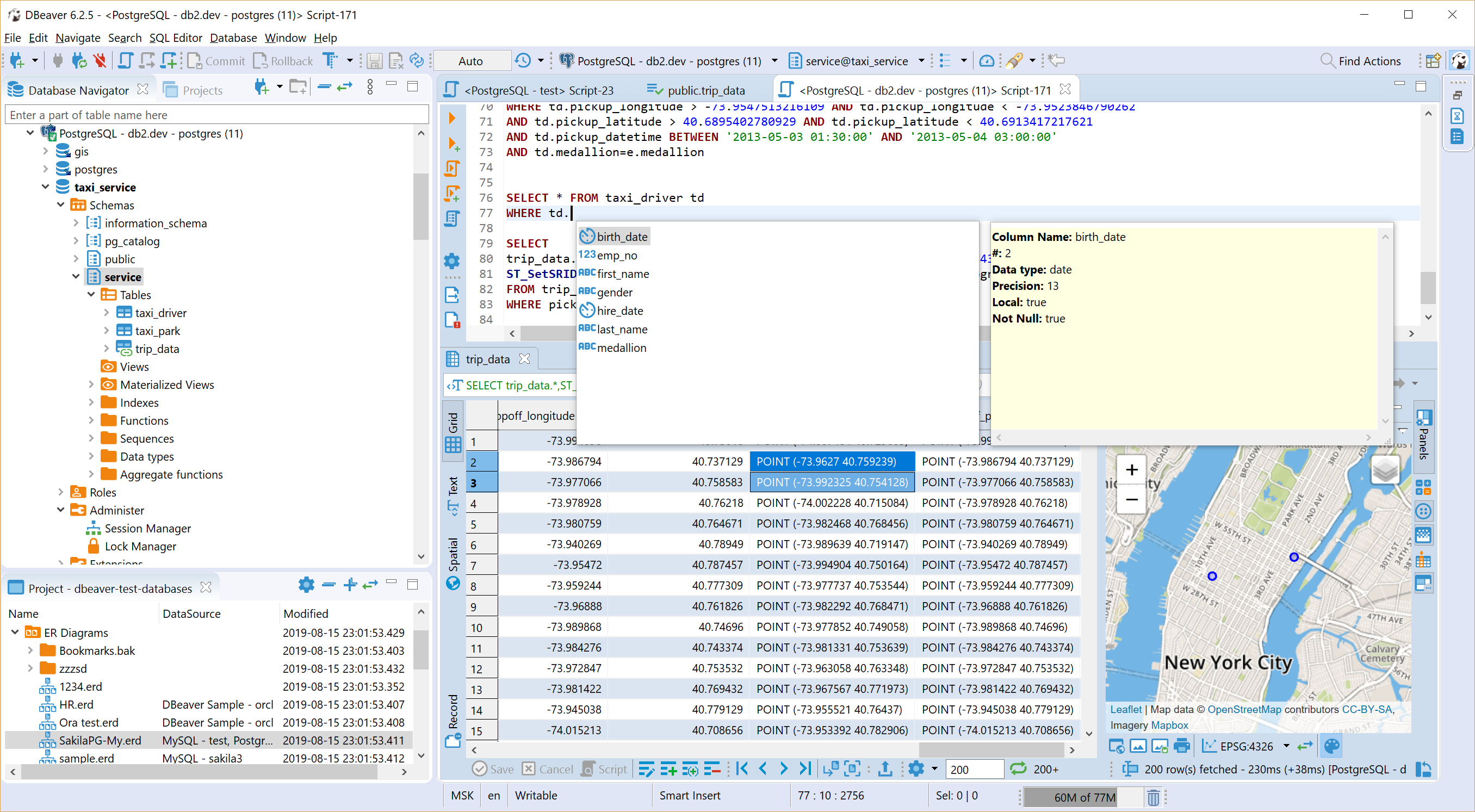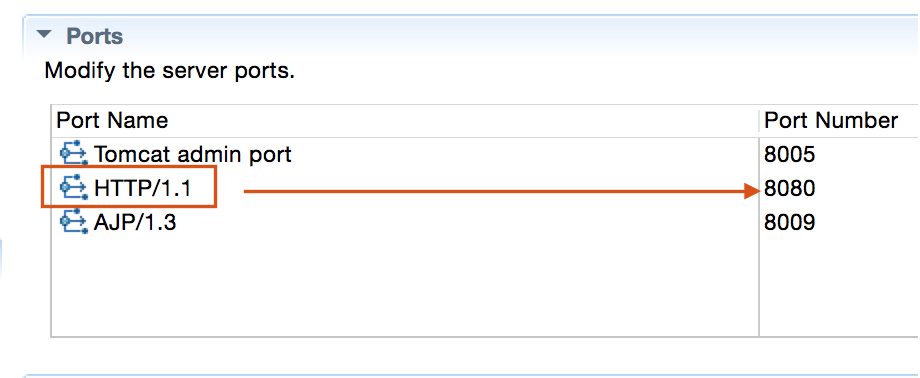Take a look at how you can quickly get started with OpenJDK with this tutorial that gives you commands for installing version 7-11 through a Mac Terminal.
DOWNLOAD Java SE Development Kit (JDK) 15.0.1 / 11.0.9 LTS / 8 Build 271 / 16 Build 22 OpenJDK EA for Windows Load comments This enables Disqus, Inc. To process some of your data. Liberica JDK provides Long term Support for all of its open source builds that act as alternatives for Java application development toolkits. The Liberica OpenJDK package with the HotSpot Virtual Machine viably replaces the Java 8 (LTS), 9, 10, 11 (LTS), 12, 13, 14.
Join the DZone community and get the full member experience.
Join For FreeIn this article, I will be using Homebrewto install OpenJDK versions on the Mac.
We use brew install to install JDK versions 8,9,10, andbrew cask installfor version 11 and above.
All the brew commands are executed in the Terminal window on the Mac.
Install OpenJDK Versions 8, 9, and 10

brew tap AdoptOpenJDK/openjdk

brew search /adoptopenjdk/
The Formulae section contains the identifiers for the various JDK versions.

To install a specific JDK version: brew install <identifier>
e.g. to install OpenJDK 8: brew install adoptopenjdk/openjdk/adoptopenjdk-openjdk8
JAVA_HOME should be set by the developer to /usr/local/Cellar/adoptopenjdk-openjdk8/jdk8u172-b11.
Install OpenJDK Version 11
brew cask install adoptopenjdk
JAVA_HOME should be set by the developer to /Library/Java/JavaVirtualMachines/adoptopenjdk-11.jdk.
Opinions expressed by DZone contributors are their own.
This topic includes the following sections:
System Requirements for Installing the JDK on macOS
The following are the system requirements for installing the JDK on macOS:
Any Intel-based computer running macOS.
Administrator privileges.
You cannot install Java for a single user. Installing the JDK on macOS is performed on a systemwide basis for all users. Administrator privileges are required to install the JDK on macOS.
Determining the Default JDK Version on macOS
When starting a Java application through the command line, the system uses the default JDK.
You can determine which version of the JDK is the default by entering java -version in a Terminal window. If the installed version is 11 Interim 0, Update 0, and Patch 0, then you see a string that includes the text 11. For example:
To run a different version of Java, either specify the full path, or use the java_home tool. For example:
$ /usr/libexec/java_home -v 11 --exec javac -version
Installing the JDK on macOS
- Download the JDK
.dmgfile,jdk-11.interim.update.patch-macosx-x64.dmg.Before the file can be downloaded, you must accept the license agreement.
- From either the browser Downloads window or from the file browser, double-click the
.dmgfile to start it.A Finder window appears that contains an icon of an open box and the name of the.pkgfile. - Double-click the
JDK 11.pkgicon to start the installation application.The installation application displays the Introduction window. - Click Continue.
- Click Install. A window appears that displays the message: Installer is trying to install new software. Enter your password to allow this.
- Enter the Administrator user name and password and click Install Software.The software is installed and a confirmation window is displayed.
.dmg file if you want to save disk space. Uninstalling the JDK on macOS
You must have Administrator privileges.Note:
Do not attempt to uninstall Java by removing the Java tools from /usr/bin. This directory is part of the system software and any changes will be reset by Apple the next time that you perform an update of the OS.

- Go to
/Library/Java/JavaVirtualMachines. - Remove the directory whose name matches the following format by executing the
rmcommand as a root user or by using thesudotool:/Library/Java/JavaVirtualMachines/jdk-interim.update.patch.jdkFor example, to uninstall 11 Interim 0 Update 0 Patch 0:
$ rm -rf jdk-11.jdk
Installation FAQ on macOS Platform
This topic provides answers for the following frequently asked questions about installing JDK on macOS computers.
1. How do I find out which version of Java is the system default?
When you run a Java application from the command line, it uses the default JDK. If you do not develop Java applications, then you do not need to worry about this. See Determining the Default JDK Version on macOS.
2. How do I uninstall Java?
See Uninstalling the JDK on macOS.
3. After installing Java for macOS 2012-006, can I continue to use Apple's Java 6 alongside the macOS JDK for Java 11?
Install Jdk 11 Mac
If you want to continue to develop with Java 6 using command-line, then you can modify the startup script for your favorite command environment. For bash, use this:
$ export JAVA_HOME=`/usr/libexec/java_home -v 11`
Some applications use /usr/bin/java to call Java. After installing Java for macOS 2012-006, /usr/bin/java will find the newest JDK installed, and will use that for all of the Java-related command-line tools in /usr/bin. You may need to modify those applications to find Java 6, or contact the developer for a newer version of the application.
4. Can I restore Apple Java after uninstalling Oracle Java?
Go back to Apple Java using the following instructions:
Download Java 11 For Mac Os
Uninstall Oracle Java by deleting the plug-in file. From a command-line, enter:
$ sudo rm -rf '/Library/Internet Plug-Ins/JavaAppletPlugin.plugin'Create a symlink using the following command, entered on a single line:
$ sudo ln -s /System/Library/Java/Support/CoreDeploy.bundle/Contents/JavaAppletPlugin.plugin '/Library/Internet Plug-Ins/JavaAppletPlugin.plugin'
5. What happened to the Java Preferences app in Application Utilities?
Mac Install Jdk
The Java Preferences app was part of the Apple Java installation and is not used by Oracle Java. Therefore, macOS releases from Apple that do not include Apple Java will not include Java Preferences.
